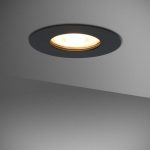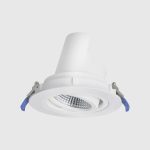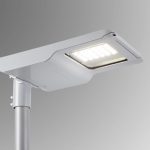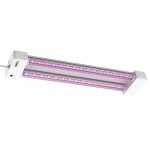Integrated LED Light: A Comprehensive Guide to Understanding the Latest Lighting Technology
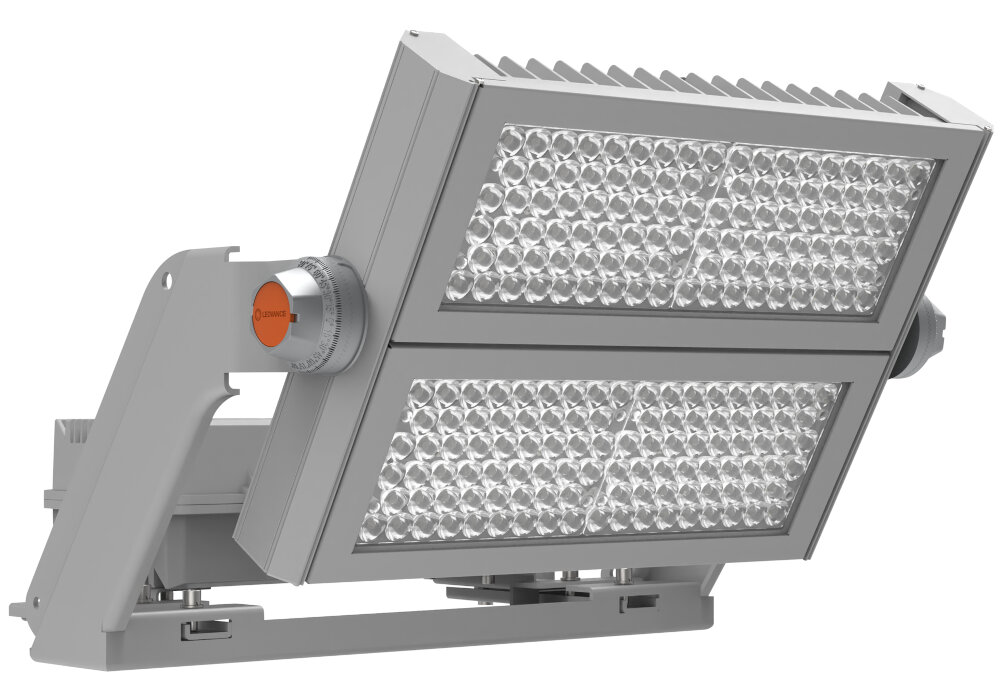
Lighting technology has come a long way since the invention of the first light bulb. With the advancement of technology, the world is now experiencing a new era of lighting technology, which has revolutionized the way we light our homes, offices, and public spaces. One of the latest lighting technologies that have gained popularity in recent years is the Integrated LED Light. This comprehensive guide is designed to provide readers with a detailed understanding of integrated LED technology, its benefits, and how it works. Integrated LED Light is a lighting technology that integrates LED chips, power supply, and heat sink into a single unit. Unlike traditional lighting systems, which require separate components to work, integrated LED technology has all the necessary components in one unit, making it more efficient, cost-effective, and easy to install. This technology is used in various lighting applications, such as residential, commercial, and industrial lighting, and is becoming increasingly popular due to its energy efficiency, long lifespan, and low maintenance requirements. This guide will delve deeper into the technology behind Integrated LED Light, how it works, and its benefits over other traditional lighting systems.
An integrated LED light is a modern lighting technology that features a light-emitting diode (LED) bulb that is fully integrated into a fixture or a housing. Unlike traditional lighting fixtures that have a separate bulb and fixture, integrated LED lights are designed to be a complete unit. This means that the LED bulb is attached to a circuit board and a heat sink that helps to dissipate heat and extend the lifespan of the bulb. Integrated LED lights are highly energy-efficient, long-lasting, and easy to install. They are available in a wide range of shapes, sizes, and designs, making them suitable for a variety of indoor and outdoor lighting applications. With the increasing demand for sustainable and eco-friendly lighting solutions, integrated LED lights have become a popular choice for homeowners, businesses, and institutions worldwide.
The history of LED technology dates back to the early 1900s, when British scientist H. J. Round discovered the phenomenon of electroluminescence. However, it wasn’t until the 1960s that practical LED technology was first developed. Early LEDs were only available in red and were used primarily as indicator lights. Over time, advancements in semiconductor technology allowed for the production of LEDs in a variety of colors, including blue and green. This breakthrough led to the development of white LEDs, which have become the standard for modern lighting. Today, LEDs are used in a wide range of applications, from residential lighting to automotive headlights and beyond.
Integrated LED lights offer a multitude of advantages over traditional lighting options. One of the most significant advantages is their energy efficiency. They consume up to 85% less energy than incandescent bulbs while producing the same amount of light. This means lower electricity bills, reduced carbon emissions, and a smaller carbon footprint. Integrated LED lights also have a longer lifespan than other types of bulbs, lasting up to 25 times longer than incandescent bulbs. Additionally, they are more durable and resistant to shock and vibration, making them ideal for use in harsh environments. The compact size of these bulbs also allows for more creative and flexible lighting designs, making them a popular choice for interior and exterior lighting applications. Overall, integrated LED lights are a smart and eco-friendly lighting option that offer numerous benefits over traditional lighting technologies.
How Integrated LED Light Works
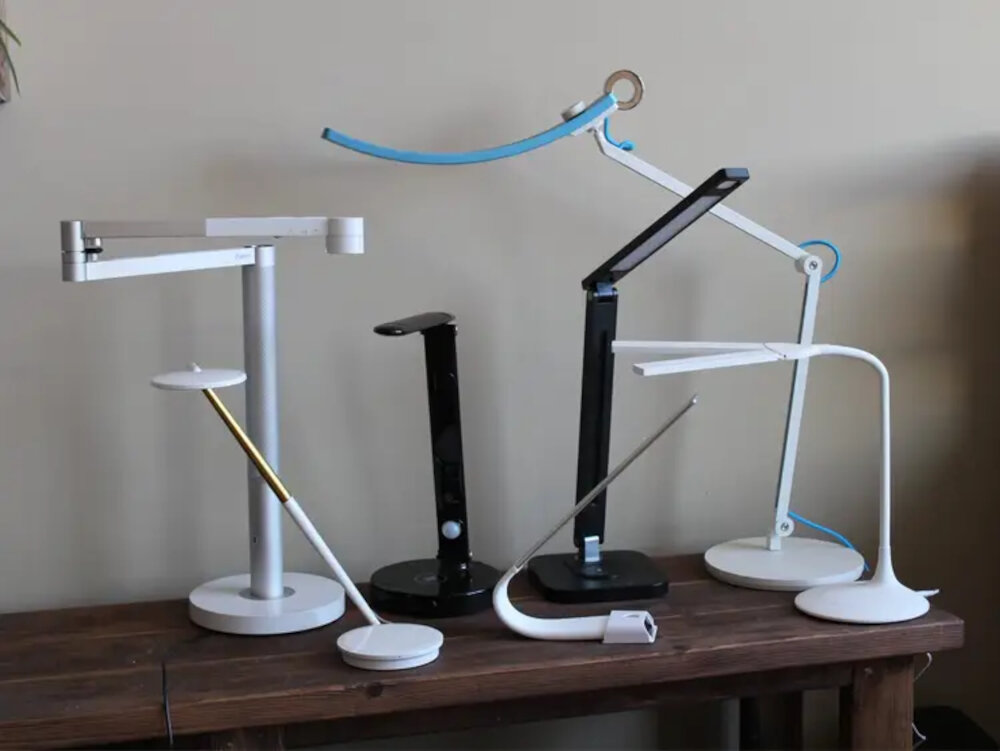
Integrated LED lights are a relatively new technology that has revolutionized the lighting industry. Unlike traditional lighting fixtures that require separate bulbs and ballasts, integrated LED lights feature built-in LED chips that emit light directly from the fixture. This means that they are more energy-efficient and environmentally friendly than traditional lighting fixtures, as they use less electricity and produce less heat. The technology behind integrated LED lights is based on the principle of electroluminescence, which is the process of converting electrical energy into light energy. When an electric current is passed through a semiconductor material, such as silicon, it causes the electrons within the material to become excited and jump to a higher energy level. As the electrons return to their original energy level, they release energy in the form of light, creating the glow that we see in LED lights. The benefits of integrated LED lights are numerous. They are highly energy-efficient, making them a cost-effective lighting solution for homes and businesses alike. They also have a longer lifespan than traditional lighting fixtures, with some models lasting up to 50,000 hours or more. Integrated LED lights are also highly versatile, as they can be used in a wide range of applications, from residential lighting to commercial and industrial applications. Furthermore, they are available in a variety of colors, brightness levels, and shapes, making them a highly customizable lighting solution. Overall, integrated LED lights are a highly advanced technology that offers numerous benefits over traditional lighting fixtures, making them an excellent choice for anyone looking to upgrade their lighting system.
LED technology, or Light Emitting Diode technology, is a revolutionary advancement in the lighting industry that uses semiconductor chips to produce light. Compared to traditional incandescent bulbs, LEDs are more efficient, durable, and eco-friendly. They have a longer lifespan, consume less energy, emit less heat, and contain no hazardous materials like mercury. LEDs also offer flexibility in color temperature, brightness, and design, making them suitable for a wide range of applications, from residential to commercial and industrial. With the rising demand for energy-efficient and sustainable lighting solutions, the adoption of LED technology is on the rise, and it is expected to dominate the lighting market in the coming years.
Integrated LED light is a highly innovative lighting technology that has revolutionized the way we light our homes, offices, and public spaces. The design and manufacturing of integrated LED lights involve a complex process that starts with the selection of high-quality LED chips that emit bright and efficient light. These chips are then fitted onto a printed circuit board (PCB) that is specifically designed to host the LEDs and control their power supply. The PCB is then enclosed in a heat sink that dissipates the heat generated by the LEDs to ensure their longevity. Finally, the entire assembly is fitted into a compact, stylish housing that is easy to install and maintain. The manufacturing process is highly automated and precise, ensuring that every integrated LED light meets the highest quality standards and delivers exceptional performance and energy efficiency.
Integrated LED lights are the latest lighting technology that has taken the industry by storm. These lights are made up of several components that work together to produce high-quality and energy-efficient lighting. Some of the key components used in integrated LED lights include a semiconductor chip, a phosphor layer, a heat sink, and a driver. The semiconductor chip emits light when an electric current passes through it, while the phosphor layer helps to convert the blue light emitted by the chip into the desired color temperature. The heat sink is responsible for dissipating the heat generated by the chip to prevent it from overheating, while the driver regulates the current supplied to the chip. Additionally, the materials used in integrated LED lights are carefully selected for their durability, efficiency, and environmental friendliness. These materials include aluminum, ceramic, and silicone, among others. The use of high-quality components and materials ensures that integrated LED lights are long-lasting, energy-efficient, and eco-friendly, making them a popular choice for both residential and commercial lighting applications.
Types of Integrated LED Light
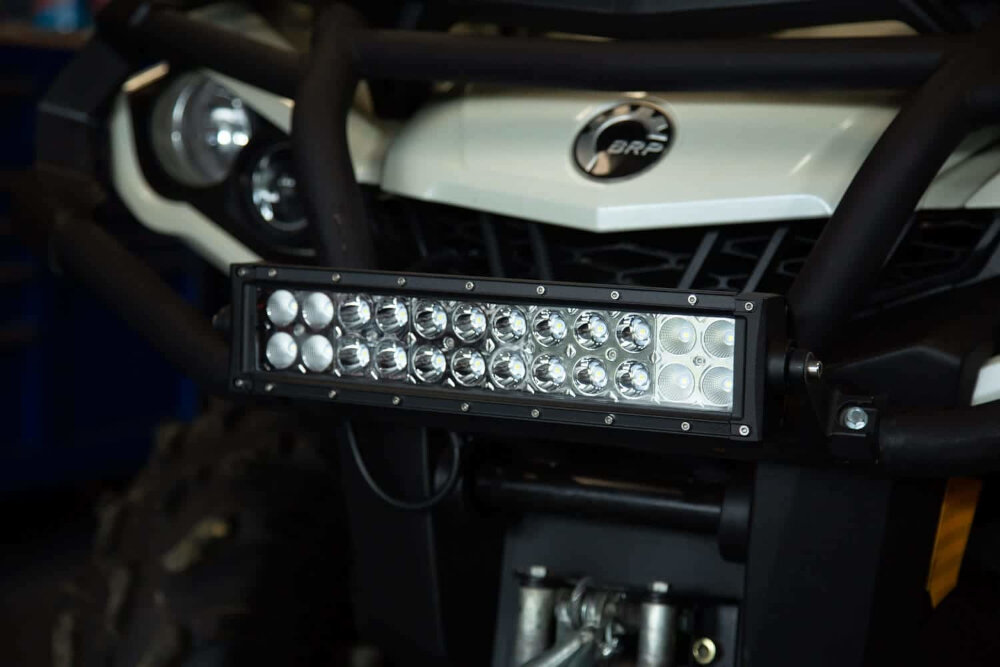
Integrated LED lights are becoming increasingly popular in modern lighting systems due to their energy efficiency, long lifespan, and low maintenance. There are various types of integrated LED lights available in the market. One of the most common types is the LED panel light, which is a flat lighting fixture that emits bright and uniform light. These lights are perfect for use in large areas such as offices, hospitals, and schools. LED panel lights are available in different sizes, shapes, and colors, making them highly versatile and suitable for a wide range of applications. Another type of integrated LED light is LED downlights, which are recessed lighting fixtures that are installed in ceilings. These lights provide a focused beam of light and are ideal for use in areas where direct lighting is required, such as in kitchens, bathrooms, and hallways. LED downlights are energy-efficient and long-lasting, making them an excellent choice for homeowners who want to save money on their electricity bills. They are also available in different sizes and colors, allowing homeowners to choose the perfect lighting solution for their specific needs. Overall, integrated LED lights are a highly versatile and efficient lighting solution that can be used in a variety of settings, from homes to commercial buildings.
Integrated LED lights are becoming increasingly popular in the market for their energy efficiency and versatility. There are various types of integrated LED lights available, including recessed, surface-mounted, track, and pendant lights. Recessed LED lights are installed inside the ceiling and provide a sleek and modern look. Surface-mounted LED lights, on the other hand, are mounted directly onto the ceiling or wall and are a great option for those who do not want to cut into their ceiling. Track LED lights are ideal for highlighting specific features in a room, while pendant LED lights can be used for task lighting or as a statement piece. With so many options available, it’s no wonder that integrated LED lights are quickly becoming the go-to lighting choice for homeowners and businesses alike.
Integrated LED light has revolutionized the lighting industry with its energy efficiency, durability, and versatility. It has found its way into various industries, including automotive, healthcare, and architecture, among others. In the automotive industry, integrated LED lights are commonly used in headlights, taillights, and interior lighting due to their low power consumption and long lifespan. In healthcare, LED lights are used in surgical lights, examination lights, and medical devices, providing a bright and accurate illumination needed in medical procedures. Architects use integrated LED lights to create unique designs that enhance the ambiance of a building while reducing energy costs. These applications demonstrate the versatility of integrated LED lights, making it a leading technology in the lighting industry.
When compared to other types of lighting, integrated LED lights offer several advantages. First, they are incredibly energy-efficient, consuming up to 90% less energy than traditional incandescent bulbs. This translates into significant cost savings over time, as well as a much lower carbon footprint. Additionally, integrated LED lights have a much longer lifespan, lasting up to 25 times longer than incandescent bulbs. This means that they require much less maintenance and replacement, which is not only more cost-effective but also better for the environment. Finally, integrated LED lights offer unparalleled versatility when it comes to design, thanks to their small size and flexibility. They can be easily integrated into a wide range of lighting fixtures, including recessed lighting, track lighting, and pendant lighting, allowing for endless possibilities when it comes to creating unique and customized lighting designs.
Choosing the Right Integrated LED Light
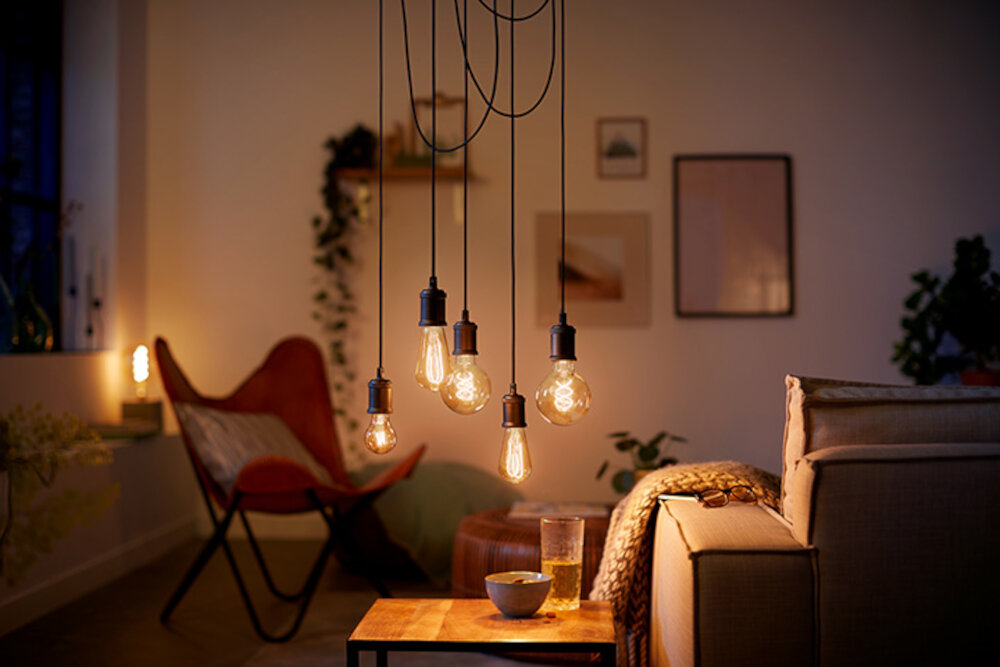
When it comes to choosing the right integrated LED light, there are a few factors to consider. First and foremost, it’s important to determine the purpose of the light. Is it for ambient lighting, task lighting, or accent lighting? This will help you determine the brightness and color temperature of the light. For example, if you’re looking for ambient lighting in a living room, you may want to choose a warm white light with a color temperature of around 2700K. On the other hand, if you’re looking for task lighting in a kitchen, you may want a brighter, cooler white light with a color temperature of around 4000K. Another factor to consider when choosing an integrated LED light is the size and style of the fixture. You’ll want to make sure that the fixture is appropriate for the space and complements the decor. Additionally, it’s important to consider the energy efficiency and lifespan of the light. LED lights are known for their energy efficiency and long lifespan, so choosing an integrated LED light can help you save money on your energy bills in the long run. Overall, taking these factors into consideration can help you choose the right integrated LED light for your specific needs and preferences.
When choosing an integrated LED light, there are several factors to consider. First, it is important to consider the color temperature of the light, which can affect the mood and ambiance of a space. Additionally, the brightness or lumen output of the light should be considered in relation to the size of the space and the desired level of illumination. The color rendering index (CRI) is also an important consideration, as it measures how accurately the light represents colors. The lifespan of the integrated LED should also be taken into account, along with the cost and energy efficiency of the light. Finally, it is important to consider any additional features or customization options that may be available, such as dimming capabilities or color-changing options. By considering these factors, it is possible to select an integrated LED light that is both functional and aesthetically pleasing for any space.
When it comes to choosing the right integrated LED light for your needs, there are several factors to consider. Firstly, you need to determine the purpose of the light and the space that it will be used in. This will help you decide on the appropriate brightness level, color temperature, and beam angle. Additionally, you should consider the quality and reliability of the LED chip, as well as the overall build quality of the fixture. Look for lights that come with a warranty, as this can provide peace of mind and ensure that the light will last for years to come. Finally, consider the design and style of the fixture, as this can affect the overall look and feel of the room. By taking these factors into account, you can choose an integrated LED light that is both functional and aesthetically pleasing.
When selecting an integrated LED light, there are several common mistakes that one should avoid. Firstly, it is important to check the color temperature of the light, as this can significantly affect the mood and atmosphere of a space. Another mistake is to overlook the color rendering index (CRI) of the light, which measures how accurately the light source reflects colors. It is also important to consider the lumen output of the light, as this will determine how bright the light is. Finally, it is crucial to select a light with a suitable beam angle for the intended use, as this will affect how the light is distributed in the space. By avoiding these mistakes and carefully considering the various factors involved, one can select the perfect integrated LED light for their needs.
Installation and Maintenance of Integrated LED Light
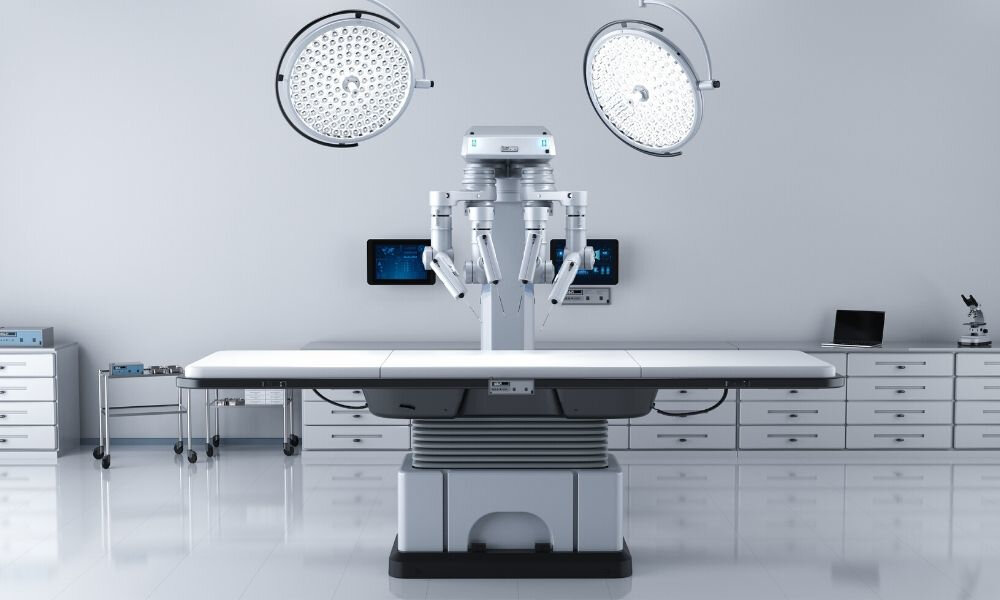
Integrated LED lights are a relatively new technology that has revolutionized the lighting industry. They are energy-efficient, long-lasting, and come in a variety of shapes and sizes, making them ideal for a wide range of applications. However, the installation and maintenance of integrated LED lights require some knowledge and expertise. Firstly, it is important to choose the right type of integrated LED light for the intended application. This includes considering the color temperature, brightness, and beam angle of the light. Once the appropriate light is selected, the next step is to install it correctly. This involves connecting the wires, mounting the light, and ensuring that it is secure and stable. Maintenance of integrated LED lights is also essential to ensure that they continue to function optimally. It is recommended to clean the lights periodically to remove dirt and dust that can accumulate on the surface. This can be done using a soft cloth or a mild detergent solution. Additionally, it is important to inspect the lights regularly to check for any signs of damage or wear and tear. This can include checking the wiring, housing, and lens of the light. If any issues are identified, it is important to address them promptly to avoid further damage or potential safety hazards. By following these guidelines, the installation and maintenance of integrated LED lights can be done effectively and efficiently.
Installing an integrated LED light is a fairly simple process that can be done by most homeowners with basic DIY skills. First, turn off the power to the light fixture at the circuit breaker or fuse box. Remove the old light fixture and disconnect the wiring. Next, attach the mounting bracket to the junction box and connect the wires from the LED light according to the manufacturer’s instructions. Secure the fixture to the bracket and turn the power back on to test the light. Integrated LED lights are a great option for energy-efficient and long-lasting lighting solutions, and with a little know-how, installing them can be a breeze.
To maintain integrated LED lights, several best practices should be followed. First, it is essential to clean the fixtures regularly to prevent dust buildup, which can affect the light output. Additionally, it is crucial to check the wiring and connections periodically to ensure that they are secure and not damaged. The use of surge protectors can also help prevent damage to the LEDs in case of power surges. It is essential to use high-quality LED drivers and power supplies to ensure the longevity of the LEDs. Finally, it is recommended to follow the manufacturer’s guidelines for installation and maintenance to maximize the performance and lifespan of the integrated LED light fixtures. By following these best practices, users can enjoy the energy savings and long-lasting performance of integrated LED lights.
Integrated LED lights are a popular choice nowadays due to their energy efficiency, long lifespan, and low maintenance cost. However, like any other electrical equipment, these lights can also encounter some issues that can affect their performance. One of the most common issues is flickering, which can be caused by a faulty driver or loose connections. Another issue is color inconsistency, which can occur due to poor quality LED chips or driver problems. Overheating is also a problem that can cause premature failure of the LED light. To troubleshoot these issues, it is important to identify the root cause and take appropriate action, such as replacing faulty components or improving ventilation. Regular maintenance and cleaning can also help prevent these issues from occurring in the first place.
The article \Integrated LED Light: A Comprehensive Guide to Understanding the Latest Lighting Technology\ provides a detailed overview of the latest advancements in LED lighting technology. The author explains how integrated LED lights are different from traditional bulbs, and how they offer superior performance, energy efficiency, and longevity. The article covers various aspects of LED lights, including their working principle, color temperature, color rendering, and dimming capabilities. The author also discusses the benefits of using integrated LED lights in different settings, such as residential, commercial, and industrial applications. Overall, the article provides a comprehensive understanding of integrated LED lighting technology and highlights its potential to revolutionize the lighting industry.
As technology continues to advance, integrated LED lights are expected to become even more versatile and efficient. One area of development is in the color temperature and color rendering capabilities of the lights. This will allow for more customizable lighting options that can simulate natural light and improve task performance in various settings. Additionally, advancements in the integration of LED lights with smart home devices and automation systems are expected to make them even more convenient and energy-efficient. Another area of development is in the materials used for the LED chips themselves, which could lead to longer lifetimes and increased sustainability. Overall, the future of integrated LED lights is bright, and we can expect to see continued improvements in their performance, convenience, and environmental impact.
Integrated LED light is a revolutionary technology that has been developed to provide energy-efficient lighting solutions. The importance of this technology in energy conservation and sustainability cannot be overstated. These lights consume significantly less energy compared to traditional lighting systems, which results in lower energy bills and reduced carbon footprint. Furthermore, integrated LED lights are also long-lasting, which means they require less maintenance and replacement, reducing waste and environmental impact. With the increasing demand for energy-efficient and sustainable lighting solutions, integrated LED lights are becoming the go-to option for both commercial and residential applications. By choosing integrated LED lights, individuals and businesses can contribute towards a more sustainable future while enjoying the benefits of cost savings and superior lighting quality.
Conclusion
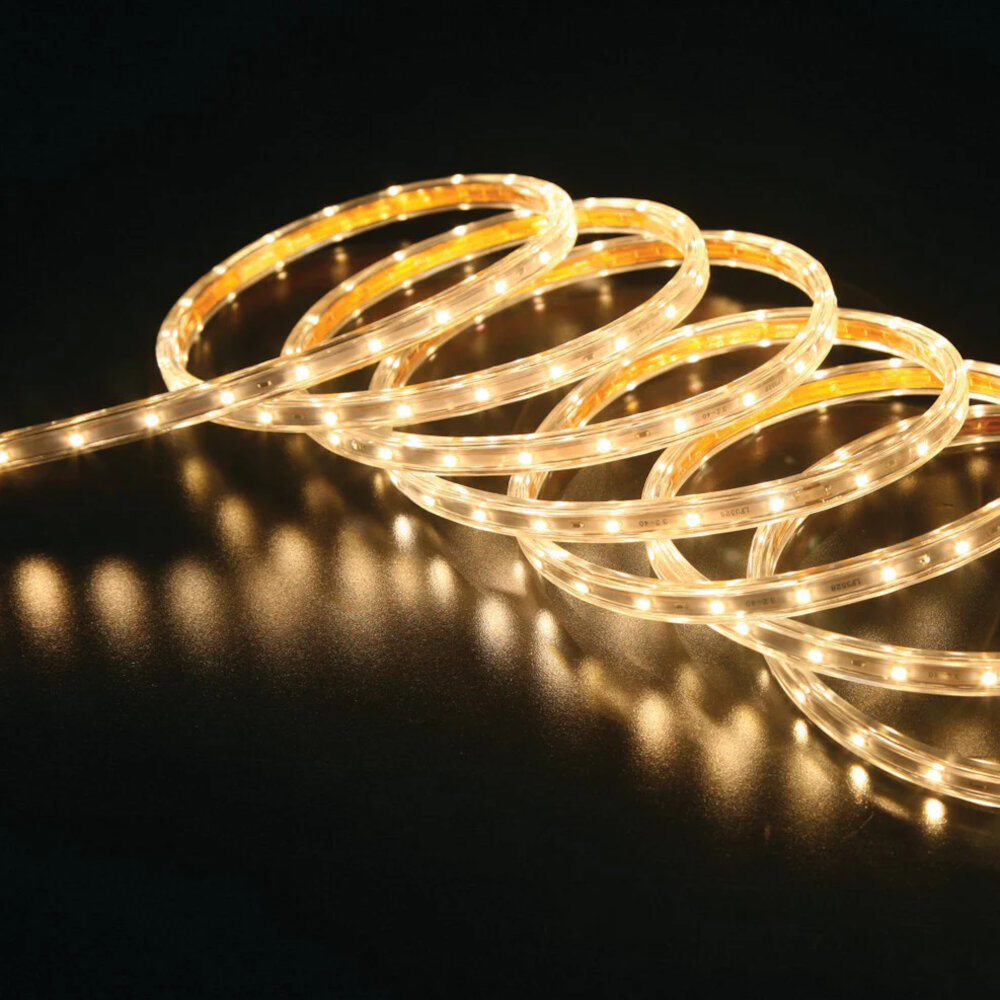
In conclusion, integrated LED lighting is a versatile and energy-efficient lighting technology that is rapidly gaining popularity in both residential and commercial settings. Its ability to provide high-quality, long-lasting light with minimal energy consumption makes it an attractive option for those looking to reduce their carbon footprint and save on energy costs. While the initial investment in integrated LED lighting may be higher than other lighting options, the long-term benefits far outweigh the costs. As the technology continues to evolve and improve, we can expect to see even more innovative applications of integrated LED lighting in the future. Overall, it is a lighting solution that is well worth considering for anyone looking to upgrade their lighting system to a more efficient and sustainable option.

